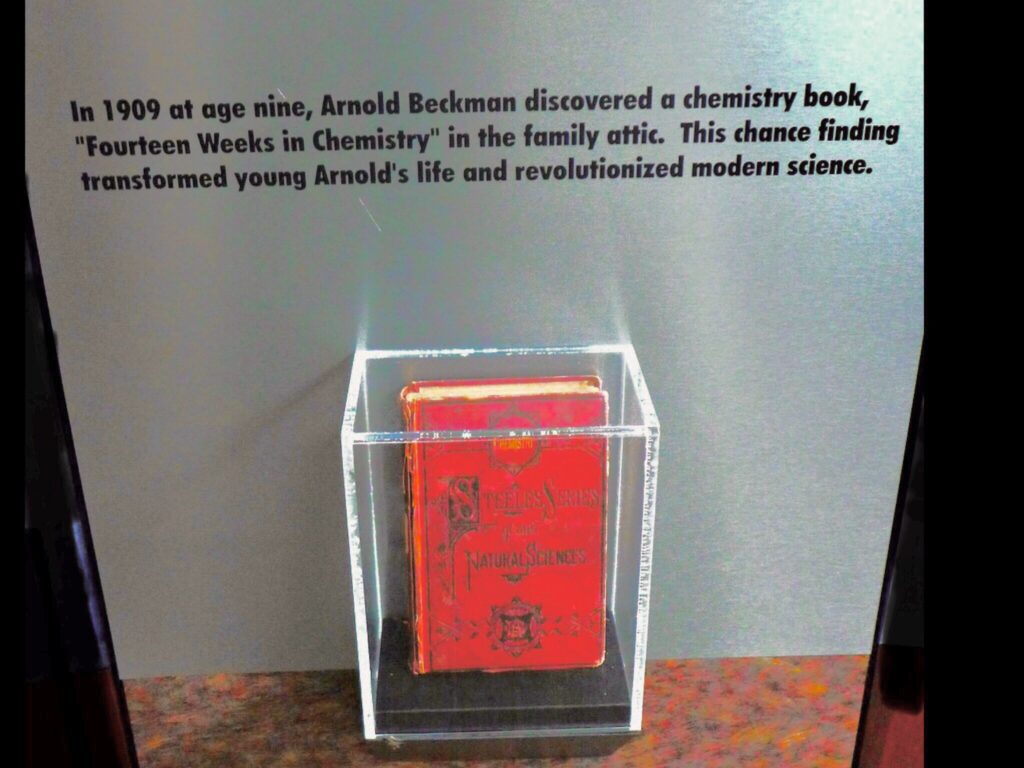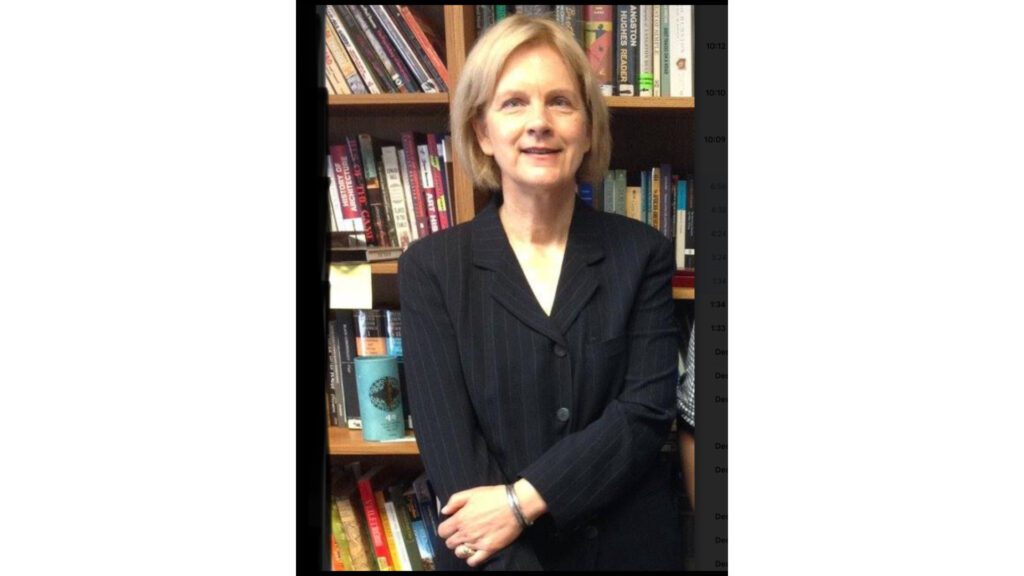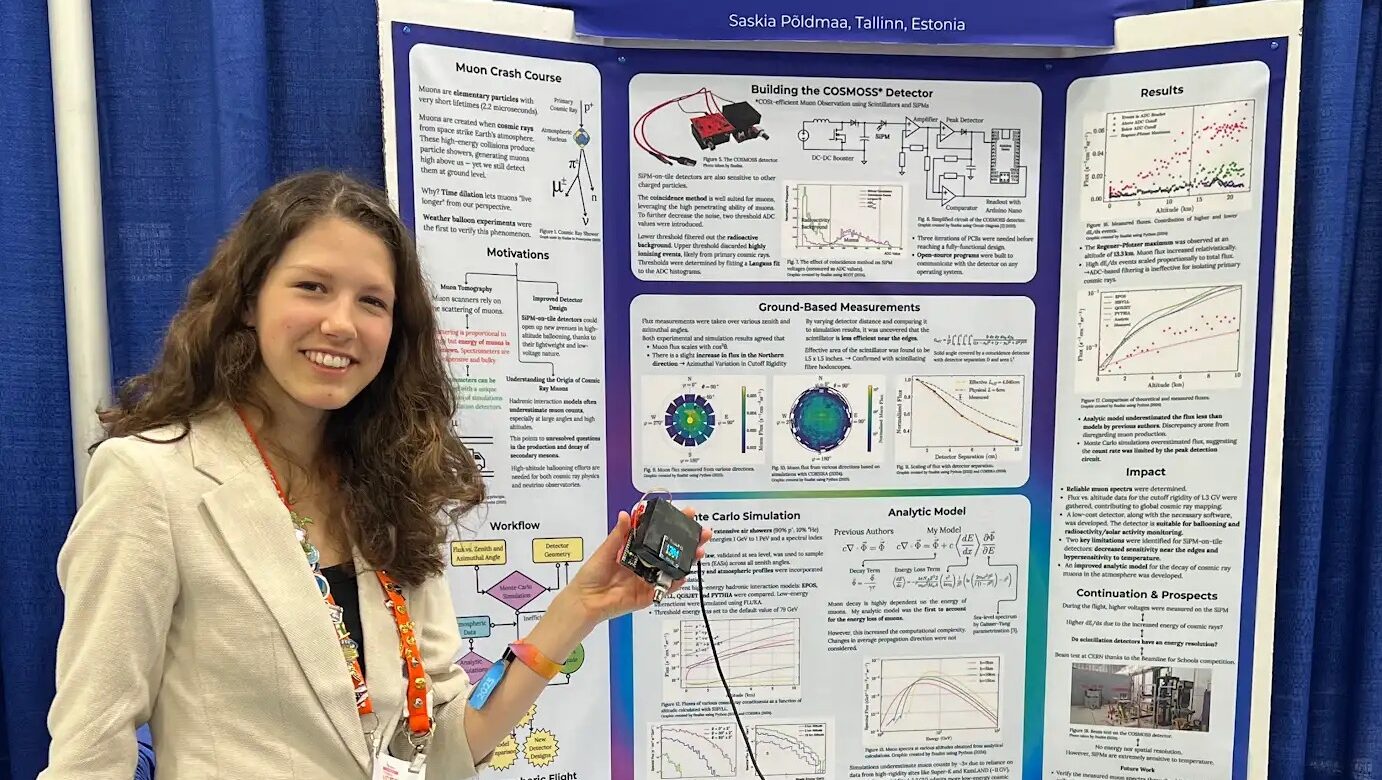
By forming a hypothesis and conducting an experiment for a science fair project, you can explore these topics in a deeper way, and potentially change the world. But how is this done?
To show how, To find out, let's focus on the Regeneron International Science and Engineering Fair (ISEF)—one of the most important international science fair competitions for high school students. It has a large number of famous alumni, including 15 Nobel Laureates.
Generally, two types of projects can be submitted: (1) science, or (2) engineering. Simply stated, science projects use the scientific method. Scientists generate a hypothesis about a question they are interested in studying. A set of experiments is designed, then data are collected and analyzed. The student/scientist then comes to a conclusion about whether they had a valid hypothesis. Engineering projects usually identify the need for a device. A preliminary design is made. The prototype is built and tested. Often improvements need to be made, after which the device is retested. A conclusion is then drawn as to whether the device fits the original needs of the inventor. Examples of both types of projects can be found in the 2022 Finalist Directory on the ISEF website. Clicking on the web link for each project will give you access to the experimental details and a video presentation.
Top awards are given to projects which show “outstanding and innovative research, as well as on the potential impact of the work – in the field and [in] the world at large.” Last year, the top ISEF award ($75,000 George D. Yancopoulos Innovator Award) was given to project #ETSD014: First Insights Into a Novel Synchronous Reluctance Electric Motor Design. Examples of other outstanding winners include #ROBO002T: Soft Origami-Inspired 3D Print-In-Place AI Robots, and #ETSD005: Small Radiosondes on a Great Mission.
Whether a student chooses a science or engineering project to work on, the initial steps are the same. To participate in ISEF, a student must first be selected by an ISEF-affiliated fair, be in grades 9-12 (or equivalent) and younger than 20 years of age (on or before May 1st preceding ISEF). The project may not include more than 12 months of continuous research and is not allowed to include research performed before January of the year preceding the fair. Team projects must have no more than three members. Both ISEF-affiliated fairs and ISEF require SRC (Scientific Research Committee) pre-approval and a number of forms to be filled out before the project can start. Details are available on the ISEF Society for Science website). This seems like a lot of work for a high school research project, but remember, these are for students whose projects will change the world!
To better understand one of these experiments, consider the general steps involved in developing a biochemistry/medical project, one that investigates the effects of beta-carotene in human smokers. In this example, my study originates from an unexpected research finding, that lower (physiological) doses of beta-carotene were beneficial to the health of non-smokers, but high (pharmacological) doses of beta-carotene supplement in smokers resulted in an increased incidence of cancer and more rapid cancer progression. The steps for examining why led to the following project design. My literature search on PubMed and other internet sources gave me the following information. Beta-carotene is a provitamin A carotenoid that the body converts into vitamin A. High (pharmacological) doses of beta-carotene are known to induce metabolic enzymes which produce more carcinogenic metabolites. Besides beta-carotene, long-term use of high (pharmacological) doses of other dietary supplements such as retinol, B vitamins and vitamin E, have also been found to increase lung cancer in current and former smokers (compared to non-smokers). Are the same or different mechanisms involved for beta-carotene and the other dietary supplements listed above?
One hypothesis is that patients with a history of cigarette smoking had small undiagnosed lung tumours, which progressed more rapidly when they were given antioxidants as dietary supplements. The antioxidants were thought to decrease oxidative stress in the circulating cancer cells and, because of this, increased their ability to metastasize. Since ISEF allows only one year of continuous research, I have decided to keep my initial hypothesis relatively simple. My initial hypothesis is that P450 enzymes were induced, to produce more carcinogens from cigarette smoke, and in this way, produce more cancer in smokers who took long-term pharmacological doses of beta-carotene as a dietary supplement. Reality is more complicated, of course, but I am simplifying the project here, as an example.
I have decided to analyze urinary metabolites of cigarette smoke in human smokers, using HPLC (high performance liquid chromatography) which is a standard technique. Working at my local university hospital on this project is feasible because I have official permission from their research director and I already know that they have the lab equipment needed for the research project. I will need lab safety training in advance of the project start date. Analysis of metabolite levels requires statistical analysis and an appropriate sample size when comparing control versus treated subjects. Care must be taken to have similar age, gender, ethnic background, etc. when comparing control and treated subjects, so that any observed differences are not misinterpreted. Again, I have simplified the research details because this is supposed to be a brief description only. If the experimental results suggest that different mechanisms are involved, then I will have to develop a new hypothesis to be tested in a new project next year.
It's encouraging to see that ISEF continues to be a very popular international science and engineering fair for high school students. Society needs more inventors and inventions, instead of waiting for official institutions to come up with solutions to society’s needs.

About Dr. Daiga Helmeste:
Dr. Helmeste is currently Associate Adjunct Professor (R) at the University of California, Irvine and science news editor for the Institute of Brain Medicine, a non-profit organization that conducts research seminars for medical doctors.
Given her special interest in inspiring elementary and high school students to pursue science careers, she is also a board member and science review committee chair for her local pre-college science fair organization, which sends high school students to ISEF (Regeneron International Science and Engineering Fair).
Dr. Helmeste, who has Estonian and Latvian roots, grew up in Montréal and attended McGill University for her undergraduate degree. She attended the University of Toronto for graduate school (M.Sc. and Ph.D). It was here that she earned a PhD in neuropharmacology. Part of her postdoctoral years involved doing research in Nobel laureate labs at the University of California, San Francisco. Subsequent to this, she has been a faculty member at the University of Toronto and a Visiting Professor at the University of Hong Kong.



